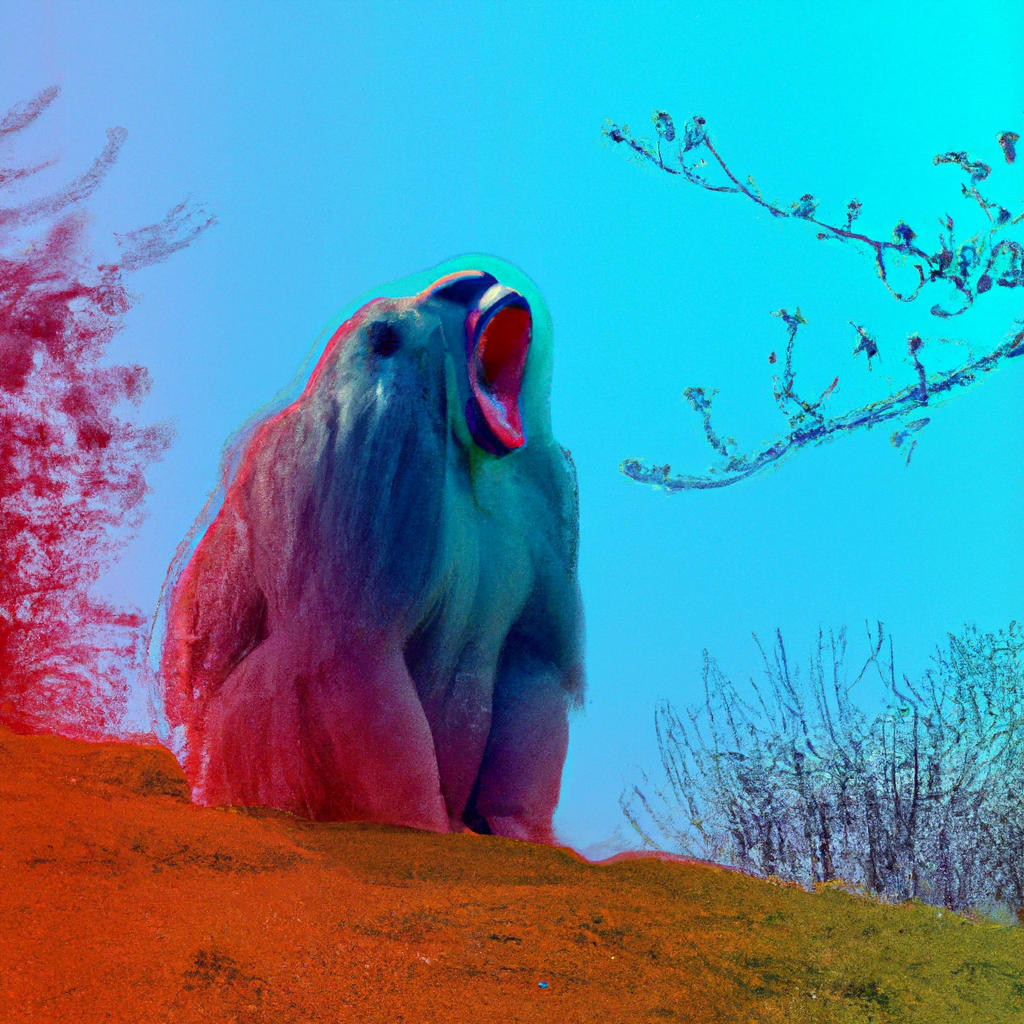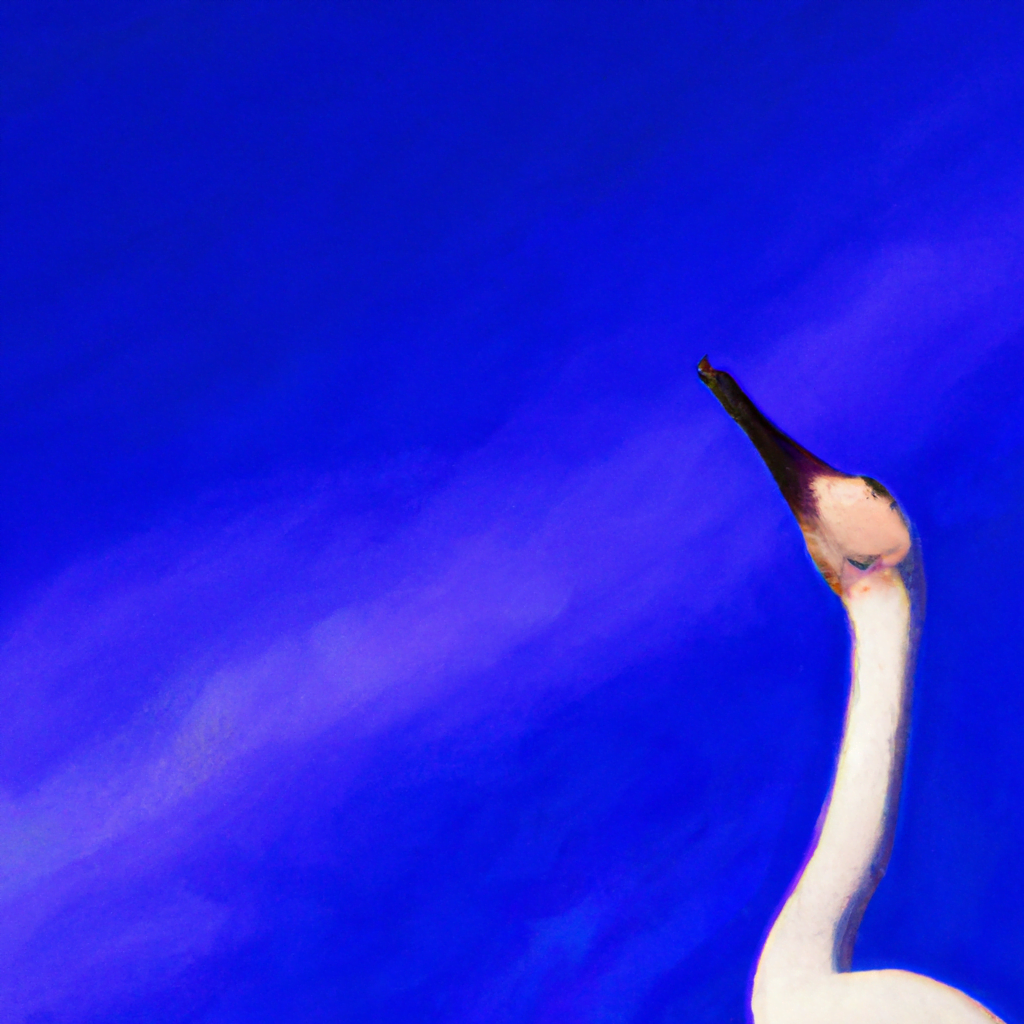
Exploring Wildlife Illustration: Portraying Animals in their Natural Habitat

Wildlife illustration is a captivating art form that allows artists to bring the beauty and diversity of the animal kingdom to life. By portraying animals in their natural habitat, wildlife illustrators not only showcase the intricate details of each creature but also provide a glimpse into their behavior and environment. In this article, we will delve into the world of wildlife illustration, exploring its significance, techniques, and the impact it has on raising awareness about conservation efforts.
The Significance of Wildlife Illustration
Wildlife illustration has a long history, dating back to prehistoric cave paintings. Throughout the centuries, artists have used their skills to document and celebrate the wonders of the natural world. Today, wildlife illustration continues to play a crucial role in our society for several reasons:
- Education and Awareness: Wildlife illustrations serve as educational tools, allowing people to learn about different species and their habitats. By accurately depicting animals in their natural environment, these illustrations provide valuable insights into their behavior, adaptations, and ecological roles.
- Conservation Advocacy: Wildlife illustrations have the power to evoke emotions and create a connection between viewers and the natural world. By capturing the beauty and vulnerability of animals, illustrators can raise awareness about conservation issues and inspire action to protect endangered species and their habitats.
- Scientific Documentation: Wildlife illustrations have been used by scientists for centuries to document new species, record observations, and aid in the identification of animals. Even in the age of photography, illustrations continue to be valuable in scientific publications, field guides, and museum displays.
Techniques in Wildlife Illustration
Creating a wildlife illustration requires a combination of artistic skill, scientific knowledge, and a deep understanding of the subject. Here are some techniques commonly employed by wildlife illustrators:
- Observation: Before starting an illustration, artists spend time observing animals in their natural habitat. This allows them to understand the animal’s anatomy, movement, and behavior, which are crucial for creating accurate and lifelike illustrations.
- Research: Wildlife illustrators conduct extensive research on the species they are illustrating. This includes studying scientific literature, consulting experts, and examining reference photographs to ensure accuracy in their portrayal.
- Composition: Composition plays a vital role in wildlife illustration. Artists carefully consider the placement of the animal within its habitat, the use of negative space, and the overall balance of the image to create a visually pleasing and engaging illustration.
- Medium and Tools: Wildlife illustrators use a variety of mediums, including watercolors, colored pencils, and digital tools. Each medium offers unique advantages and challenges, allowing artists to experiment and create different effects.
- Detail and Texture: Capturing the intricate details and textures of an animal’s fur, feathers, or scales is essential in wildlife illustration. Artists use various techniques such as layering, stippling, and cross-hatching to achieve realistic textures.
Case Studies: Wildlife Illustration in Action
Let’s explore two case studies that highlight the impact of wildlife illustration in raising awareness and promoting conservation:
Case Study 1: The Birds of America by John James Audubon
John James Audubon’s “The Birds of America” is one of the most celebrated and influential wildlife illustration projects in history. Published between 1827 and 1838, Audubon’s work featured 435 life-sized illustrations of North American birds. His meticulous attention to detail and accurate portrayal of birds in their natural habitats revolutionized the field of ornithology.
Audubon’s illustrations not only showcased the beauty of birds but also provided valuable scientific information. His work helped identify and describe numerous bird species, some of which were previously unknown. Audubon’s illustrations continue to be used as references by scientists, conservationists, and artists to this day.
Case Study 2: The Silent Spring by Rachel Carson
Rachel Carson’s groundbreaking book, “Silent Spring,” published in 1962, played a pivotal role in raising awareness about the harmful effects of pesticides on wildlife and the environment. The book featured illustrations by Louis and Lois Darling, which depicted the devastating impact of pesticides on birds, insects, and other wildlife.
The illustrations in “Silent Spring” helped readers visualize the consequences of pesticide use and understand the interconnectedness of ecosystems. The book sparked a global environmental movement and led to the banning of the pesticide DDT in the United States.
Wildlife Illustration and Conservation
Wildlife illustration has the power to inspire action and contribute to conservation efforts. Here are some ways in which wildlife illustration supports conservation:
- Raising Awareness: Wildlife illustrations capture the beauty and vulnerability of animals, making them powerful tools for raising awareness about endangered species and habitats under threat. By evoking emotions and creating a connection with viewers, illustrations can inspire individuals to take action and support conservation initiatives.
- Funding Conservation Projects: Wildlife illustrations can be used to generate funds for conservation projects. Artists often donate their work or collaborate with organizations to create limited edition prints, calendars, or merchandise. The proceeds from these sales are then used to support conservation initiatives.
- Education and Outreach: Wildlife illustrations are widely used in educational materials, interpretive displays, and nature centers. By providing accurate and visually appealing illustrations, educators can engage and educate people of all ages about the importance of biodiversity and conservation.
- Collaboration with Scientists: Wildlife illustrators often collaborate with scientists to visually communicate research findings or illustrate scientific publications. These collaborations bridge the gap between art and science, making complex scientific concepts more accessible to a wider audience.
Summary
Wildlife illustration is a powerful medium that allows artists to portray animals in their natural habitat, providing valuable insights into their behavior, adaptations, and ecological roles. It plays a significant role in education, conservation advocacy, and scientific documentation. By employing techniques such as observation, research, composition, and attention to detail, wildlife illustrators create visually stunning and informative artworks.
Case studies like John James Audubon’s “The Birds of America” and Rachel Carson’s “Silent Spring” demonstrate the impact of wildlife illustration in raising awareness and promoting conservation. Wildlife illustration supports conservation efforts by raising awareness, funding projects, educating the public, and collaborating with scientists.
As we continue to face environmental challenges and the loss of biodiversity, wildlife illustration remains a powerful tool for connecting people with the natural world and inspiring action to protect it.
